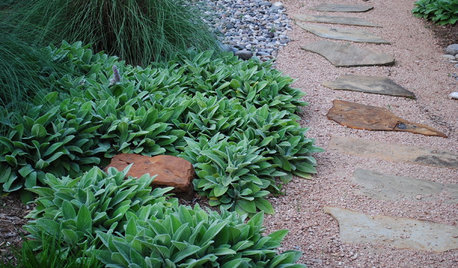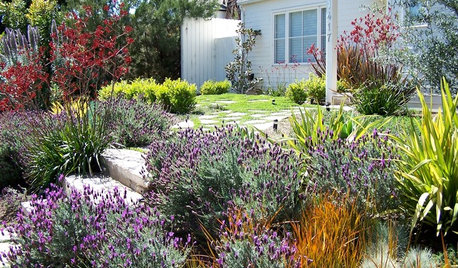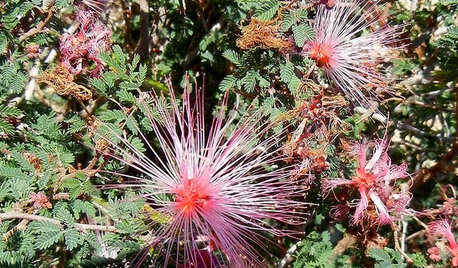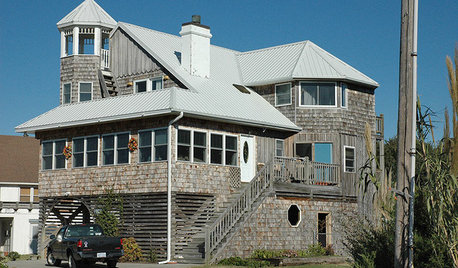low pressure irrigation
dreamngtree
15 years ago
Related Stories

GARDENING GUIDESHow to Install a Drip Irrigation System
Save time and water with a drip watering system in your vegetable garden — a little patience now will pay off later
Full Story
SAVING WATERLush Gardens With Low Water Needs
Drought tolerant doesn’t have mean spindly, brown and thorny
Full Story
SAVING WATERGreat Plants for Lush, Low-Water Gardens
Water restrictions making your garden look washed out? Give it living color with unthirsty grasses, flowers and succulents
Full Story
GARDENING FOR BUTTERFLIESGreat Design Plant: Parry Manzanita Stands Out in Low-Water Gardens
Make a dramatic architectural statement and feed wildlife in woodlands and more with Arctostaphylos manzanita
Full Story
LANDSCAPE DESIGN7 Low-Maintenance Lawn Alternatives
Turf isn't the only ground cover in town. Get a lush no-grass lawn with clover, moss and other easy-care plants
Full Story
GARDENING GUIDESGreat Design Plant: Low-Maintenance Calliandra Eriophylla
Pink, puffy flowers of pink fairy duster transform the lacy foliage of this desert native in spring
Full Story
SELLING YOUR HOUSE10 Low-Cost Tweaks to Help Your Home Sell
Put these inexpensive but invaluable fixes on your to-do list before you put your home on the market
Full Story
REMODELING GUIDES8 Ecofriendly Roof Options for Low Budgets and Up
Save resources with a cooling or sustainable roof or add-on that looks great and fits your price range
Full Story
GREEN BUILDINGHow to Harvest Rainwater for Your Garden
Conserve a vital resource and save money by collecting stormwater for irrigation in a barrel or tank
Full Story
SAVING WATER6 Reasons Why You Should Save Your Rainwater Now
Collect and store during the rainy season so you’ll have water ready for irrigation when you need it
Full StoryMore Discussions








lehua49
dreamngtreeOriginal Author
Related Professionals
Signal Hill Landscape Architects & Landscape Designers · Willowick Landscape Architects & Landscape Designers · Alamo Landscape Contractors · Biloxi Landscape Contractors · Fort Atkinson Landscape Contractors · Mercedes Landscape Contractors · Middletown Landscape Contractors · Oviedo Landscape Contractors · Pleasanton Landscape Contractors · San Carlos Park Landscape Contractors · Baileys Crossroads Landscape Contractors · Norwich Solar Energy Systems · Reedley Solar Energy Systems · Torrington Solar Energy Systems · New Lenox Solar Energy SystemsMichael
lehua49
wonderbar_charter_net
jessicavanderhoff
tn_gardening
daylilyfanatic4
daylilyfanatic4
k2marsh
k2marsh
Controller